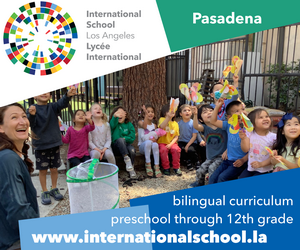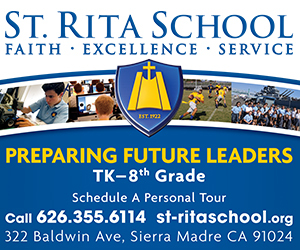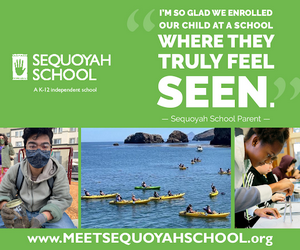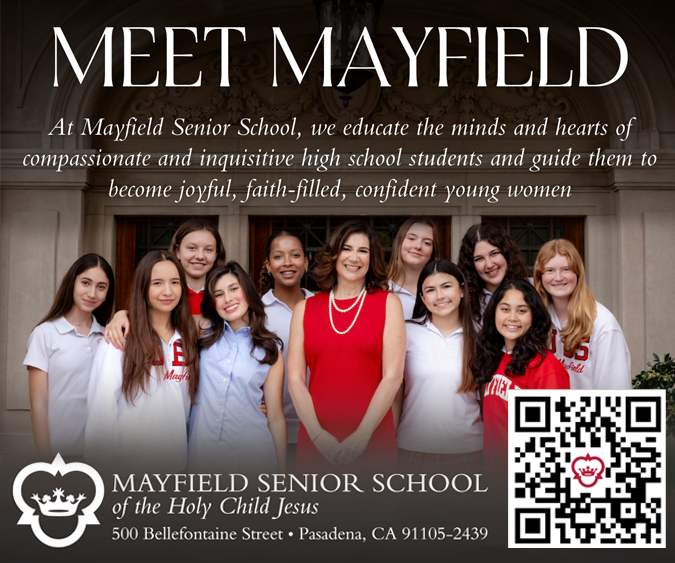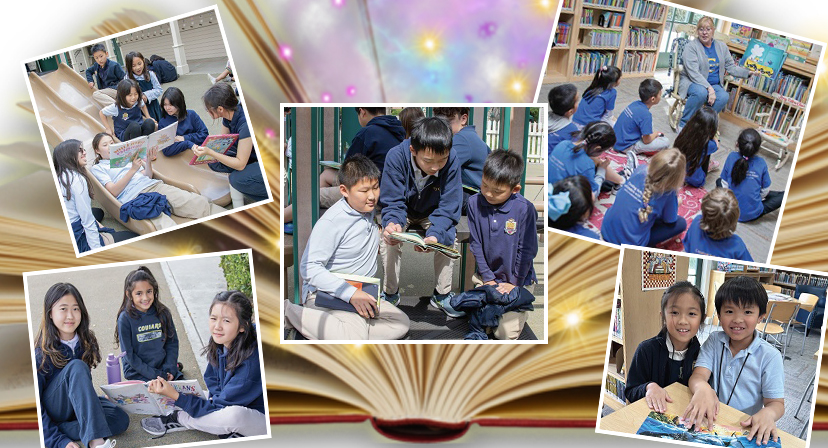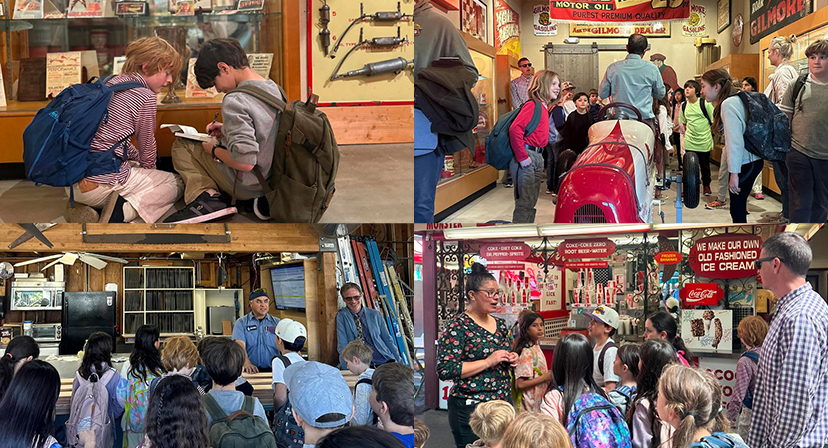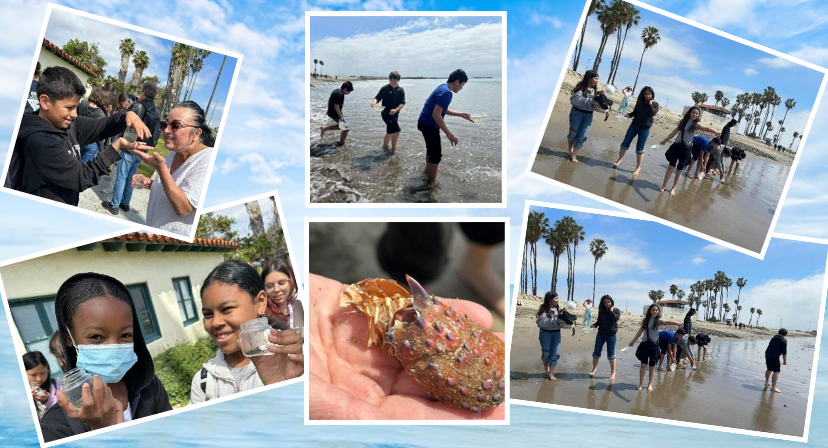Diversity and Inclusion – The Benefits in Raising Your Children to be Accepting

“Diversity is the mix. Inclusion is making the mix work.” – Andres Tapic
We live in an increasingly diverse world where our children encounter people of varying races, cultures, and abilities. As parents, teaching our children about diversity and inclusion is paramount as we focus on raising tolerant, accepting, and empathetic children.
How do you guide your child to grow to be a diverse, inclusive, and compassionate individual? Here are three great ways where you, as a parent, can teach your child to have a positive attitude and approach.
1. Be a Role Model. Parents have so much influence on their children’s worldview and ways of thinking, especially in matters related to how they treat other people and how they make decisions. Parents should message to children at an early age that “diversity” is not just a nice-to-have, feel-good goal but is a smart goal. Multiple studies of group dynamics in schools and in business have demonstrated the “business” value of assembling teams composed of people who have different perspectives, different ways of looking at problems, and different life experiences to contribute to the collective intelligence of the group. Groups that are more diverse make smarter decisions than homogenous groups. There are deep and long-lasting benefits that “inclusion” policies and practices can bring to team dynamics, to organizations, and to interactions among children in the classroom and on the playground.
2. Explain Differences, Don’t Ignore Them. When developing curriculum and programming related to diversity and inclusion, my three go-to resources are Facing History and Ourselves, the Teaching Tolerance organization, and Common Sense Media. Facing History “uses lessons of history to challenge teachers and their students to stand up to bigotry and hate,” and they do this by creating rich and rigorous histories of past injustices, of discrimination based on sex, religion, national origin, and race – injustices fueled by unaddressed nationalism, racism, and prejudice. Included in every lesson package are prompts and exercises that lead to reflection on the sustained damage produced by the injustices. Facing History has many resources for parents seeking to reinforce the values of acceptance and inclusion within diverse communities – the value of getting to know people different from ourselves.
Along these lines, my favorite resource for parents (and teachers) is Beyond the Golden Rule, published by Teaching Tolerance. The 50-page book is free and downloadable. It features advice and resources for parents of toddlers, teenagers, and all ages in between. From the Teaching Tolerance website: “Whether you are the parent of a 3-year-old who is curious about why a friend’s skin is brown, the parent of a 9-year-old who has been called a slur because of his religion, or the parent of a 15-year-old who snubs those outside of her social clique at school, this book is designed to help you teach your children to honor the differences in themselves and in others — and to reject prejudice and intolerance.”
3. Use Children’s Books to Explore Differences. Finally, Common Sense Media maintains a wonderful list of books that promote diversity and inclusion for children of all ages – again, toddlers to teens. Among my favorites are A Snowy Day and Last Stop on Market Street, both read aloud books; New Kid, a marvelous graphic novel; Maniac Magee; Stella by Starlight; Wishtree; and American Born Chinese. What these books have in common is that they promote values of diversity and inclusion in memorable stories about interesting characters — stories that “show” rather than “tell,” thus grounding abstract concepts like “inclusion” in examples of real people having authentic experiences and processing genuine feelings.
It’s tempting to try to be completely politically correct when talking about diversity and inclusion, as children are naturally curious about the world around them. When we help children understand these differences, they’ll be one step closer to respecting and celebrating the differences in all people, cultures, and experiences and how those differences ultimately can bring the joy of living into our world.
To learn more about Stratford School or to schedule a personalized tour go to www.stratfordaltadena.com.











